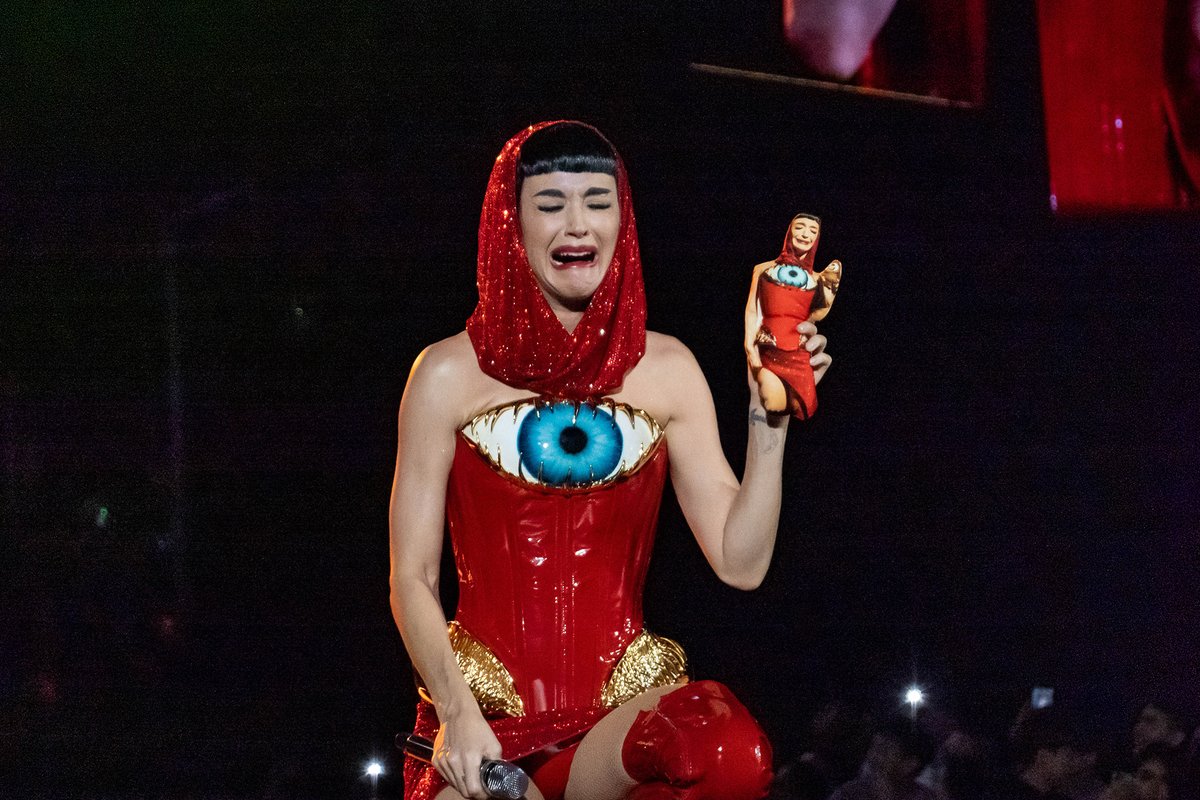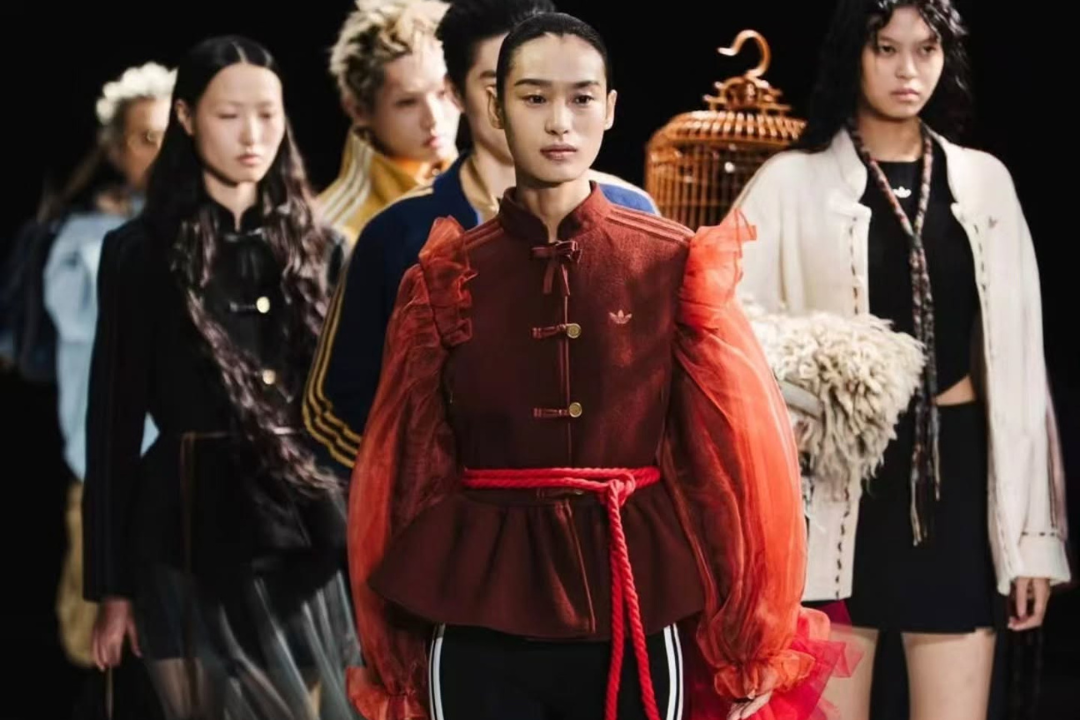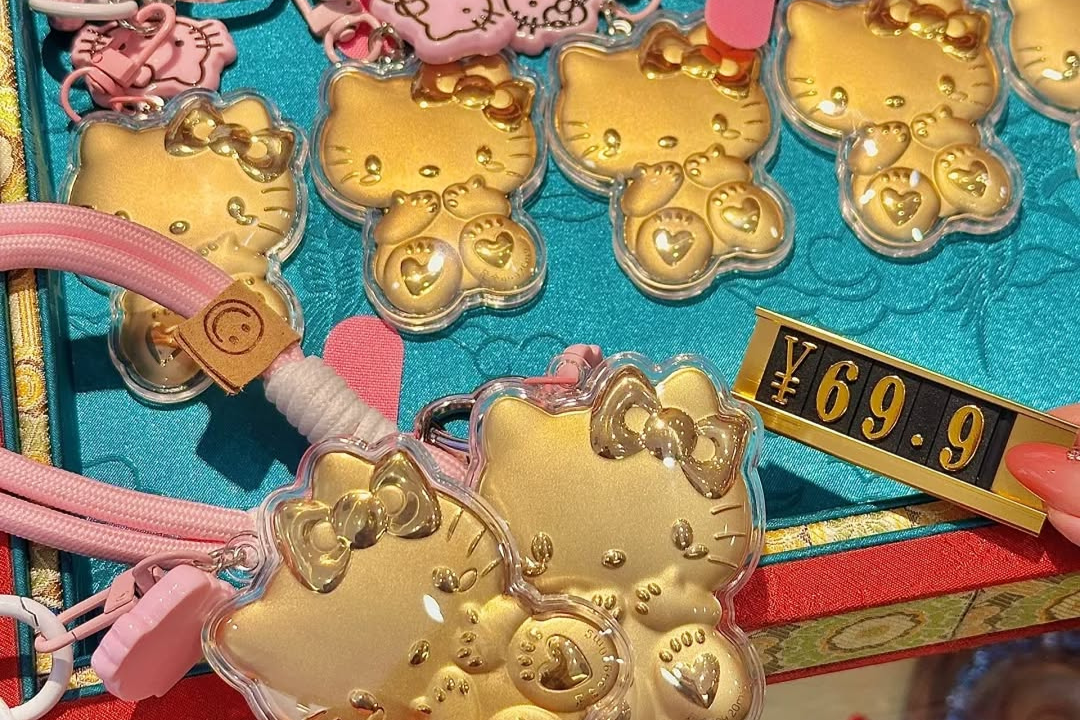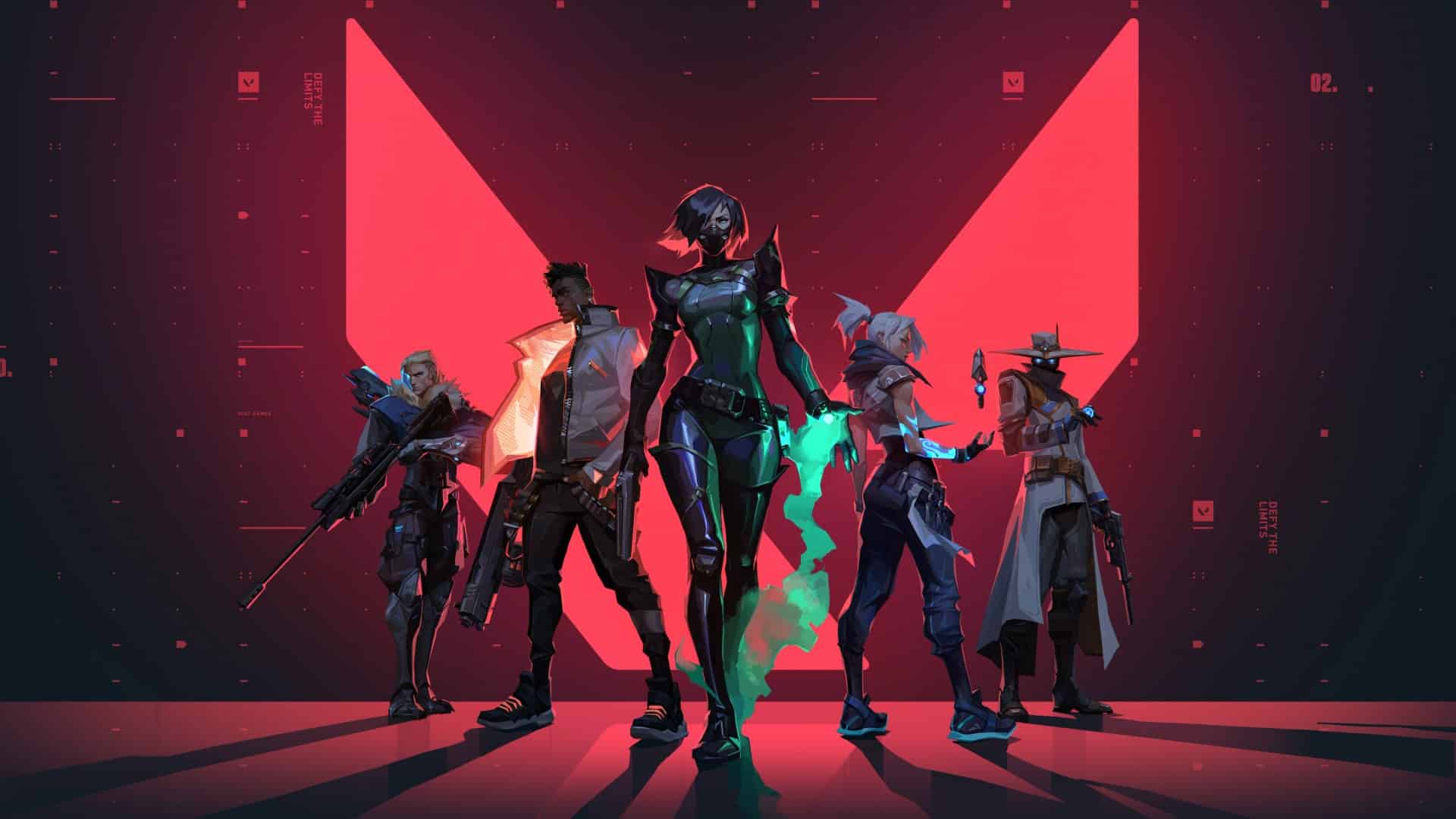Into the Night is a monthly series exploring China’s vibrant nightlife scene and the roster of young people that make parties in the country so damn fun. This month, we introduce Guangzhou-based party label DoujinStyle and their anime-inspired club events.
The atmosphere on the disco ball-lit dance floor gradually heats up as night falls on party label DoujinStyle’s August 19 event at Yistclub in the southern Chinese metropolis of Guangzhou.
Some partygoers stand alone in corners, soaking in the music blasting from the big stereo. Girls in JK uniforms groove to the beats while others sip wine from plastic glasses, headbanging next to the DJ booth.
Electronic beats are interspersed with samples of anime songs and serifs; some combine the voices of virtual singers with the ever-changing dance music; others feature soundtracks from music games famous among the younger generation. Together, this audible amalgamation is better known as ‘Doujin music.’
The term ‘doujin’ refers to people with a shared interest in Japanese ACGN culture (anime, comics, games, and novels). Given that the cultural circle is expanding nowadays, it can also refer to people who create original works about their favorite ACGN brands. In China, many Doujin fandoms call themselves Er Ci Yuan (二次元).
Doujin culture has been popular in China for years. And with a rising wave of artists sprinkling creative Doujin mixtapes across Guangzhou, Shenzhen, and the broader Greater Bay Area region, Doujin music is finding passionate fans in South China.
The DoujinStyle website was created by U.K.-born Simon B in August 2021 and is primarily the product of his childhood exposure to ACGN culture.
Simon, whose father hails from Singapore, was also inspired by Matthiola Records’ Matthiola Summer Doujin Party at the iconic Oil Club in Shenzhen. His first EvaRave parties in the same location got good feedback and eventually transformed into the DoujinStyle parties now being held in Guangzhou and Shenzhen.

When Simon visited Singapore with his father in the early ’90s, he was immersed in the world of Japanese anime and manga through comics brought in from Hong Kong.
Although he couldn’t read a word of the traditional Chinese script, the immersive graphics made a lasting impact. He still remembers the first anime he ever watched: Macross, a title about robot battles.
Simon is currently pursuing a Ph.D. in anthropology from the University of Bristol, where his research project focuses on how international students adapt to the changing environment in a new country.
“I wanted to try and cut my teeth on it, and that’s why I decided to come to China. I thought I would go back soon, but a year went by, and three years went by…” says Simon, who has been in China for almost a decade, in a moment of contemplation.
“I haven’t gone back to Britain until now. Partly because of my DJing opportunities and partly because I was still raising money for my school fees. But the main reason is that I really can’t stand the weather there,” he adds with a laugh.
Back in the U.K., Simon worked as a DJ for his college’s community radio, where he shared his favorite tracks with listeners. When he first arrived in China, he was invited by friends to a club in Guangzhou and found the courage to introduce himself as a former DJ.
“Then they said, ‘come and play,’ and I slowly became a part of the underground scene in Guangzhou and started my DJing career here.”
When Doujin Meets Underground
As a longtime ACGN fan, Simon’s love of the culture has never faded. He travels back and forth between clubs and Comic Con, coming into contact with people from both groups, and has witnessed the growth of the Er Ci Yuan (known as Nijigen in Japanese, meaning ‘two dimensions’) community in China.
Simon came to discover the subtle similarities and differences between both groups. “Party maniacs always gather with friends, enjoying mainstream dance music like techno and house, and then grab a cocktail glass to sip and laugh,” he says.
“The Er Ci Yuan community, on the other hand, is mostly nerdy. But they also have a huge love for some pieces of music from their favorite anime. Their passion for subculture and music is, sometimes, beyond the party lovers,” he continues.

“Er Ci Yuan culture is still niche in mainland China, but the cohesion they show to the world is incredible. Though many of them have only interacted with each other online, they will still be happy to meet offline, then have a meal, chat, and gossip. In contrast, in the U.K., or in many Western countries, these ‘weebs’ tend to keep to themselves and enjoy their own fun, and are less likely to use Comic Con or other offline events as a social occasion.”
Doujin music, he says, offers an opportunity for the Er Ci Yuan community to branch into the club scene.
“I kept thinking, why isn’t there a platform for them to enjoy Doujin music?”
With this idea in his mind, DoujinStyle was born.
Gen Z is undoubtedly the generation most influenced by ACGN culture. According to a market research report published by Crunchyroll in 2021, only 6% of Zoomers don’t know what anime is, compared to 27% of the general population.
Japanese anime has been a worldwide phenomenon since the 1990s, and China is no exception. During the Millennial era, familiar anime classics such as Dragon Ball and Pokémon were often shown on Chinese TV channels. Bilibili, the largest video website in China, was also inspired by the Japanese ACGN website Niconico.
With such widespread appeal, the business potential for Er Ci Yuan groups is remarkable. According to CIC statistics, China’s pan-Er Ci Yuan fanbase reached nearly 460 million people in 2021. Based on these numbers, China’s Er Ci Yuan content market was worth around 63.21 billion RMB in 2021.
“This market has not yet been explored in China, and we are willing to be pioneers from South China to explore this possibility slowly,” says Simon.
Simon believes young people are the primary audience for Doujin music, and he sees Gen Z musical talent as the primary group to fuel the growth of the emerging genre. For this reason, he has brought in a few Gen Z DJs to play tracks and exhibit their creativity at DoujinStyle parties.

When it comes to song selection, he gives the artists plenty of creative freedom and focuses more on the overall operation.
“Thanks to the current internet medium, young DJs nowadays are not as restricted in their song selection as we used to be a long time ago. I discover new genres from their mixtapes every time, which is great,” says Simon.
These young DJs are often inspired by Japanese music games and enjoy the aural pleasure of J-core (Japanese hardcore music). In fact, for many young Chinese electronic music producers, J-core is the sound that defines their earliest exposure to the electronic music scene.
“Some would say that J-core is an example of hardcore sound, but for me, J-core is more a part of my past memories, and I’m honored to have known it and experienced it during my childhood. Now I still maintain my love for it,” Kyamulter, a regular DJ at DoujinStyle parties, tells RADII.
Seeking Balance, Finding Leverage
Not everyone in the Er Ci Yuan community has a taste for the hardcore sound, which often differs from the musical styles that are more popular among the Er Ci Yuan community.
As a result, many DJs struggle to strike a balance between their personal song preferences and audience feedback and constantly strive for harmony between the two.
“The DJ is like a servant in clubs — the kind of music that is played depends on the event and who the audience is. If you get caught up in your own style of tunes, you won’t reap too many good results,” explains DJ Peko, another DJ who has played at DoujinStyle.
“While most Doujin music fans enjoy J-core, I’ve never been too down for it. I don’t think there’s anything great about being tougher or faster than anyone else; it’s the ability to get the people on the dancefloor hot that can be considered awesome,” she adds.
DJ Suslik, the mastermind behind Matthiola Records and Simon’s inspiration, also shared some of his own tips for running a successful Doujin party.
“My set aims to serve the audience, and I usually observe the vibe of the moment and think: ‘Is the next song going to get people excited and let them hear a familiar tune? Or should we take a break and listen to something new?’” he says.

Such a balance is not only necessary in terms of music but also when considering “how to attract new people to the party,” says Simon. Posters are an excellent place to start.
“You can see that our posters always have cyborg-like girls. I was thinking of art ideas for the posters one day, but I could never think of any characters that connect both the Er Ci Yuan community and the party lovers community,” Simon recalls.
“Then I saw [cyborg girls] on an artwork-sharing site. I immediately knew that this was what I wanted. Cyborg-like girls are cool, and everybody loves them,” he says.
Breaking Virtual — and Real — Boundaries
ACGN culture has been a creative inspiration to many young DJs from Gen Z. Music production fueled by this particular cultural enlightenment is quite a distinct entity — driven by shared passions like anime and virtual reality.
“I’d seen some late-night TV shows like Evangelion, Serial Experiments Lain, S.A.C. (Attack of the Crust); these really stuck with me. So, I would privately try to make tunes that explored the concept of ‘what would a theme like this look like in a club.’ After witnessing some themed parties and major events related to ACGN Doujin culture, I started to design scenic mixtapes with a strong sense of atmosphere based on these experiences,” says Kyamulter of his creative process.

Kyamulter was especially interested in VRChat, a virtual social game using VR technology that allows players to create 3D avatars and interact with others worldwide.
“I was introduced to some of the most famous virtual scenes, and the backdrop, architecture, and atmosphere of those scenes resonated subtly with the memories I had experienced. So I wanted to try and recreate the vibe that I love in some real-life clubs,” he adds.
In the future, DoujinStyle hopes to create their most extraordinary parties yet, parties that break the boundaries between virtual and reality by using live projection technology. These events can be a great way to bring the world’s best Doujin music producers on VRChat to China to perform without the barrier of pandemic restrictions.

Jyolyu tells us that there have been many great 3D artists and music producers worldwide who hold virtual parties on VRChat, and Simon is eager to do the same.
“We’ve done it so far by linking Er Ci Yuan and the club culturally. But we think that with the current medium, we can merge the virtual and real worlds as well. There’s no fancier thing than inviting artists to offline shows virtually. It’s an innovative attempt,” says Simon.
What can we expect from a DoujinStyle event that blends these virtual and real-world spaces? Only time will tell. The Doujin community is young and growing, and there is certainly an exciting future ahead for ACGN party lovers in China.
Editor’s note: Participants in this article requested to be identified by their stage names.
Cover image designed by Zhuohan Shao
















